Article title: Oral administration of CXCL12-expressing Limosilactobacillus reuteri improves colitis by local immunomodulatory actions in preclinical models Authors: Emelie Öhnstedt, Cristian Doñas, Kristel Parv, Yanhong Pang, Hava Lofton Tomenius, Macarena Carrasco López, Venkata Ram Gannavarapu, Jacqueline Choi, Maria Ovezik, Peter Frank, Margareth…
Tag: Drug Delivery
Drug delivery via textile fibers
Medical products such as ointments or syringes reach their limits when it comes to delivering medication locally – and above all in a controlled manner over a longer period of time. Empa researchers are therefore developing polymer fibers that can deliver active ingredients precisely over the long term. These “liquid core fibers” contain drugs inside and can be processed into medical textiles.
New dart launcher may be better way to inject animals with drugs
A new type of dart launcher has been developed as a safer and more cost-effective alternative to firearms or air guns to inject animals with drugs or tracking chips.
‘Synthetic’ Cell Shown to Follow Chemical Directions and Change Shape, A Vital Biological Function
In a feat aimed at understanding how cells move and creating new ways to shuttle drugs through the body, scientists at Johns Hopkins Medicine say they have built a minimal synthetic cell that follows an external chemical cue and demonstrates a governing principle of biology called “symmetry breaking.”
Swimming microrobots deliver cancer-fighting drugs to metastatic lung tumors in mice
UC San Diego engineers have developed microscopic robots, known as microrobots, capable of swimming through the lungs to deliver cancer-fighting medication directly to metastatic tumors.
Altering cancer treatment dosing could reduce climate impact, study finds
Changing how often a popular cancer therapy is delivered would reduce greenhouse gas emissions and improve environmental impact without decreasing cancer survival, according to a new analysis from researchers at the University of Michigan Health Rogel Cancer Center.
Fresh hope for chronic wounds
The U.S. Food and Drug Administration recently approved two new wound management products that include patented hydrogels invented by University of Delaware researchers. The unique UD hydrogel materials self-assemble to form a 3D matrix compatible with living cells.
Researchers Engineer Yeast to Transport Medicines and Lower Inflammation for Potential Treatment of Inflammatory Bowel Disease
Researchers at the UNC Eshelman School of Pharmacy and the UNC School of Medicine have engineered a probiotic yeast that enhances probiotic absorption in the gut and has the ability to suppress and even reverse inflammation in animals.
Pollen is a promising sustainable tool in the bone regeneration process
A new study, led by the University of Portsmouth in England, has used pollen to grow hydroxyapatite capsules, so the mineral can better support bone regeneration.
Molecular crystal motors move like microbes when exposed to light
Rabih Al-Kaysi’s molecular motors look like tiny worms, but they’re actually crystallized molecules that move in response to light. These machines could someday solve real-world problems, like being used as drug-delivery robots. The researchers will present their results at ACS Spring 2024.
The Future of Medicine Rises in University City: University of Pennsylvania Opens New Multi-Disciplinary Research Labs in One uCity Square
Wexford Science & Technology, LLC and the University of Pennsylvania today announced that the University has signed a lease for new laboratory space that will usher in a wave of novel vaccine, therapeutics and engineered diagnostics research to West Philadelphia.
Researchers Uncover Signal Needed for Blood-Brain Barrier
What makes the vital layer of protective cells around the brain and spinal cord — the blood-brain barrier — more or less permeable has been one of the more mystifying questions in neuroscience.
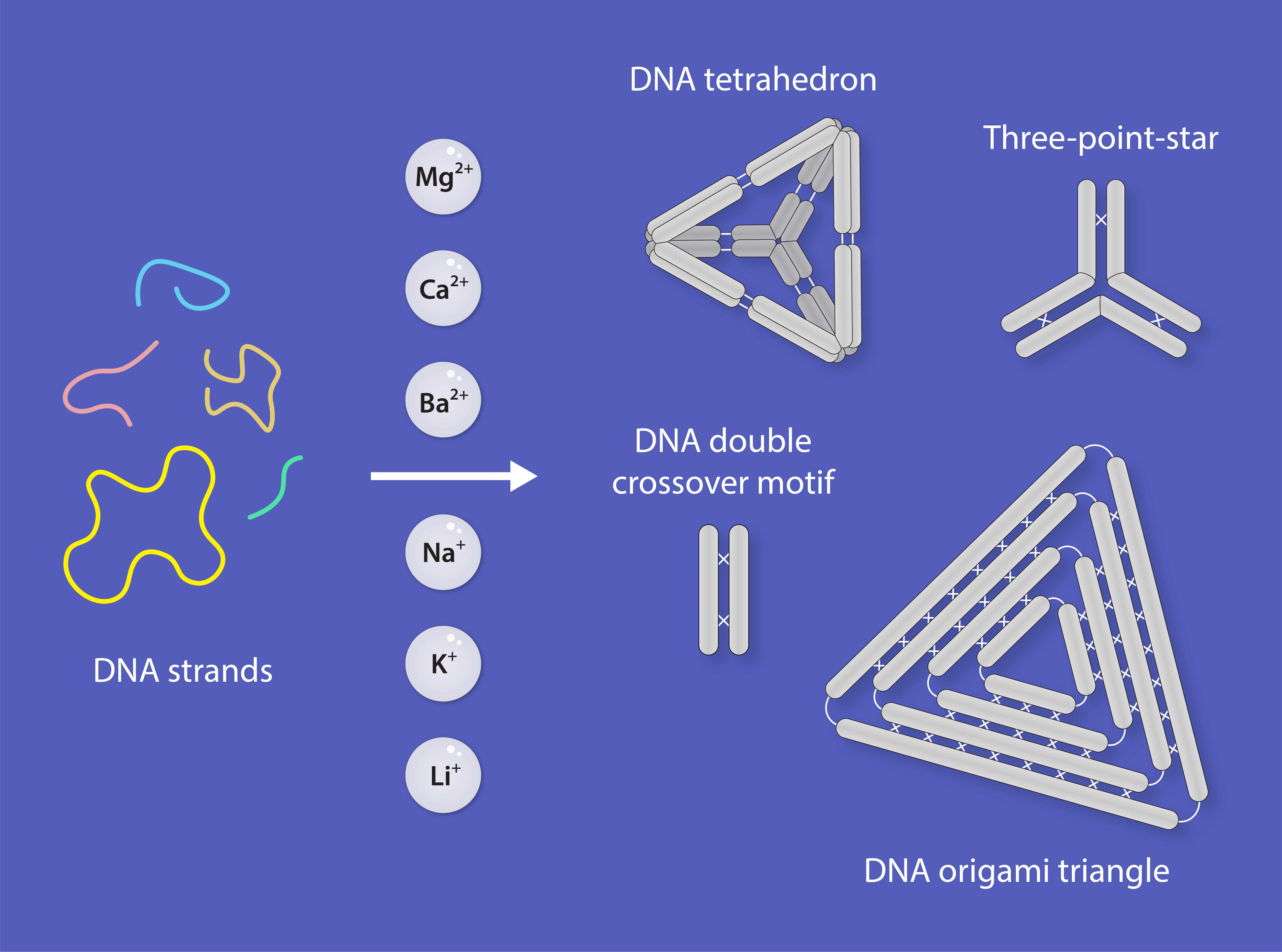
RNA Institute Researchers Advance DNA Nanostructure Stability
Researchers at the University at Albany’s RNA Institute have demonstrated a new approach to DNA nanostructure assembly that does not require magnesium. The method improves the biostability of the structures, making them more useful and reliable in a range of applications.
Using AI to create better, more potent medicines
While it can take years for the pharmaceutical industry to create medicines capable of treating or curing human disease, a new study suggests that using generative artificial intelligence could vastly accelerate the drug-development process.
AI Used to Advance Drug Delivery System for Glaucoma and Other Chronic Diseases
Wilmer Eye Institute, Johns Hopkins Medicine researchers say they have used artificial intelligence models and machine-learning algorithms to successfully predict which components of amino acids that make up therapeutic proteins are most likely to safely deliver therapeutic drugs to animal eye cells.
New ‘stealth’ polymer a promising alternative for delivering drugs around the body
Researchers have developed a novel synthetic substance that has the potential to be a more effective and safer way of delivering drugs around the body.
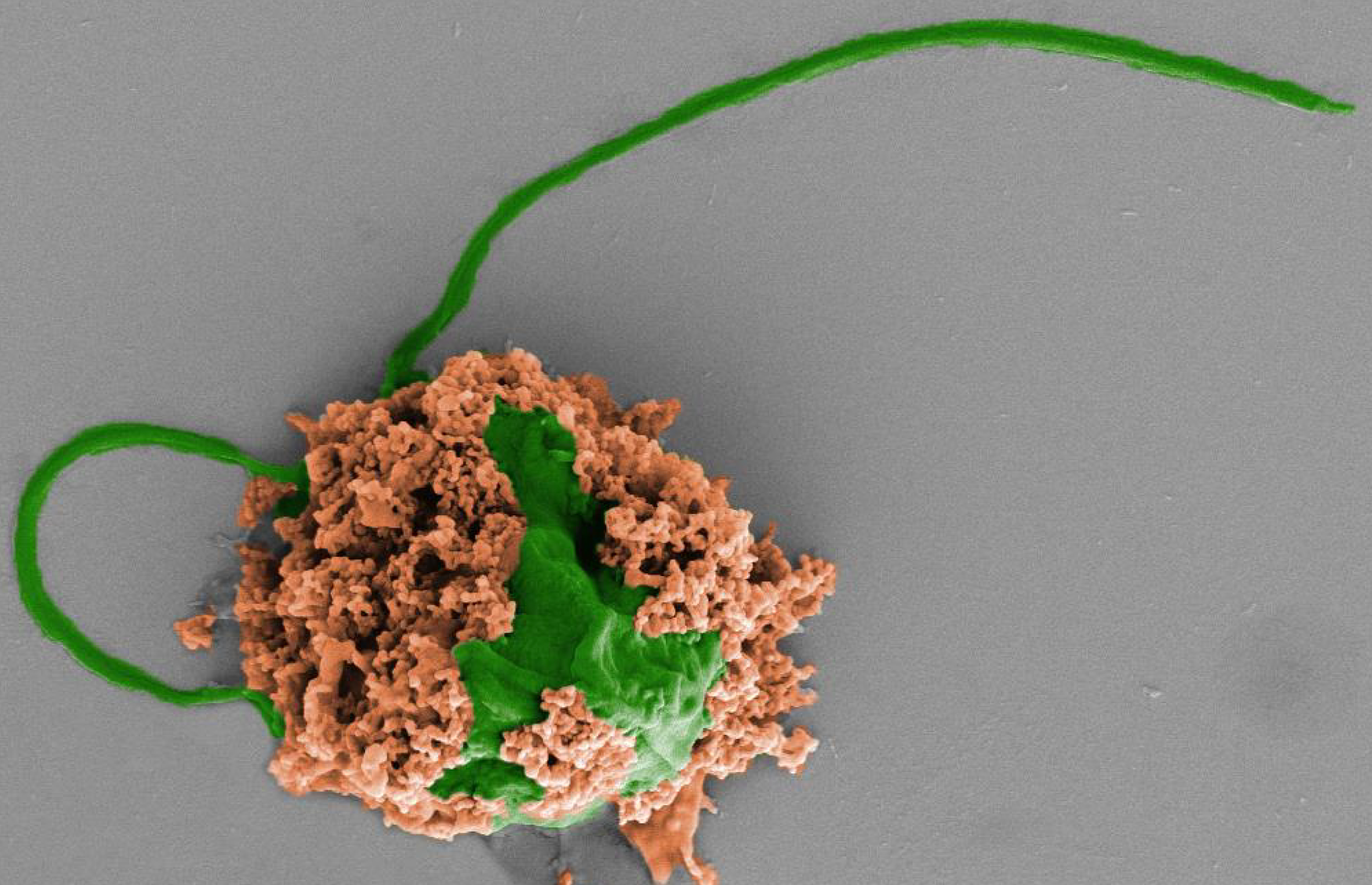
Tiny swimming robots treat deadly pneumonia in mice
UC San Diego engineers have developed microscopic robots, called microrobots, that can swim around in the lungs, deliver medication and be used to clear up life-threatening cases of bacterial pneumonia. In mice, the microrobots safely eliminated pneumonia-causing bacteria in the lungs and resulted in 100% survival. By contrast, untreated mice all died within three days after infection.
Turning white blood cells into medicinal microrobots with light
Researchers reporting in ACS Central Science have used lasers to precisely control neutrophils — a type of white blood cell — as a natural, biocompatible microrobot in living fish. The “neutrobots” performed multiple tasks, showing they could someday deliver drugs to precise locations in the body.
Sidekick Microbubbles Carry Anti-Cancer Drugs, Damage Tumor Vessels #ASA182
Naomi Matsuura, of the University of Toronto, and her team are adapting microbubbles to become more potent tools for cancer therapy. By shrinking the bubbles and directly loading them with anti-cancer drugs, the bubbles can lower the dose of free drug that is injected and diffuses into nontumor tissue in the body. This results in more targeted treatment and fewer side effects for the patient. Matsuura will discuss her team’s results in her presentation, “Ultrasound-stimulated, drug-loaded bubbles for cancer therapy,” as part of the 182nd Meeting of the Acoustical Society of America at the Sheraton Denver Downtown Hotel. The session will take place May 24 at 11:30 a.m. Eastern U.S.
Scientists proposed a carrier for targeted chemotherapy drug
Researchers at Ural Federal University (UrFU) have proposed the use of polyoxometallate nanoclusters as a carrier for chemotherapy drug.
BBQ Lighter, Combined With Microneedles, Sparks Breakthrough in Covid-19 Vaccine Delivery
Future vaccine delivery may rely on everyday items like BBQ lighters and microneedles, thanks to the ingenuity of a team of Georgia Institute of Technology and Emory University researchers.
Inspired by bacteria and sperm, scientists make micro-robot swimmers
Scientists at Cornell University have created cell-size robots that can be powered and steered by ultrasound waves. Despite their tiny size, these micro-robotic swimmers – whose movements were inspired by bacteria and sperm – could one day be a formidable new tool for targeted drug delivery.
$1.3 million in NIH grants to enable research into antibody-mediated drug delivery technology
Two National Institute of Health (NIH) grants totaling over $1.3 million will enable research into antibody-mediated drug delivery technology for the treatment of cancer and autoimmune disorders. L. Nathan Tumey, assistant professor of pharmaceutical sciences, is the Principal Investigator on both grants — $1.2 million from the National Institute of General Medical Sciences and $150,000 from the National Institute of Allergy and Infectious Diseases.
Computational Evaluation of Drug Delivery Reveals Room for Inhalers Improvement
Increased air pollution in recent years has exacerbated health risks for people who suffer from pulmonary diseases and these dynamics underscore the importance of increasing the efficacy of drug delivery devices that administer active pharmaceutical ingredients to treat respiratory illnesses. In Physics of Fluids, researchers describe developing a computational evaluation of drug delivery through both pressurized metered-dose inhalers and dry powder inhalers to determine how the process can be improved.
Shih-Ting (Christine) Wang: Designing Materials for Biomedicine
Using DNA-based assembly, the Center for Functional Nanomaterials postdoc has assembled functional proteins into ordered lattices and coated nanostructures for drug delivery.
PhRMA Foundation Awards More than $1 Million to Support Young Scientists with Grants and Fellowships in Drug Discovery and Drug Delivery
The PhRMA Foundation announced the first recipients of its new funding awards in Drug Discovery and Drug Delivery, designed to support the innovative biopharmaceutical research projects of talented young scientists in the United States. A total of 16 recipients were selected and more than $1 million was awarded.
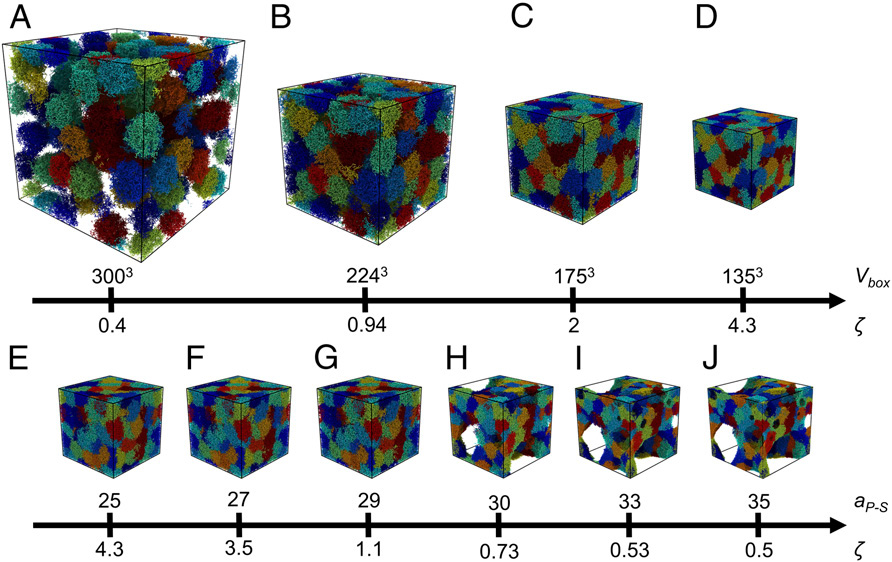
Dense Microgel Suspensions Reveal In-silico What Happens Under Compression
Using large-scale computer simulations, researchers have mapped out the surprising behavior and mechanics of complex particle-solvent microgel systems, learning how the “soft and squishy” particles deform, swell, de-swell, and penetrate each other as they respond to compression.
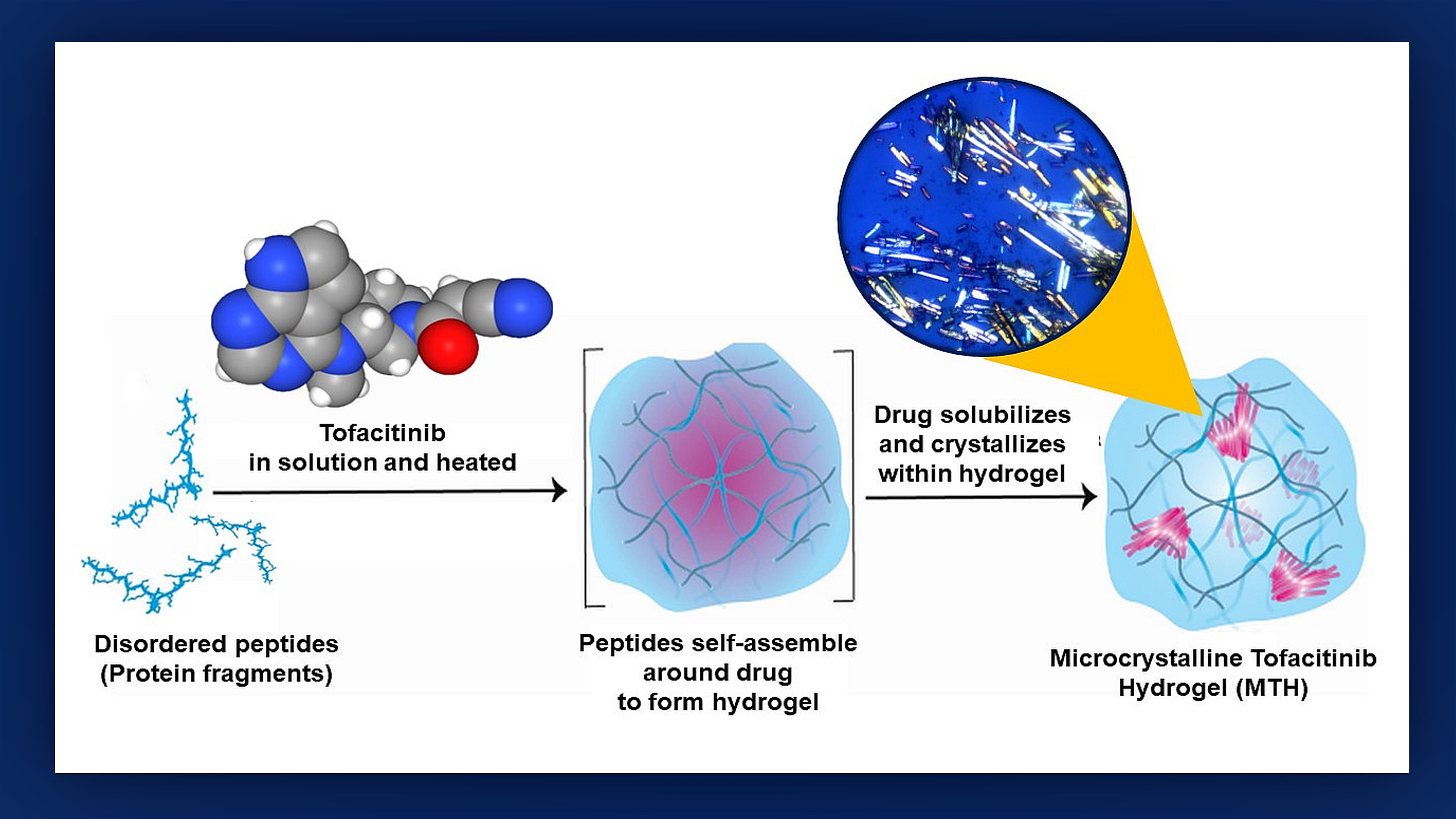
Tiny Biological Package Gets Drug Right To The ‘Heart’ Of Transplant Rejection
For patients who receive a heart transplant in the near future, the old adage, “Good things come in small packages,” may become words to live by. In a recent study, researchers at Johns Hopkins Medicine and the National Cancer Institute (NCI) demonstrated in mice that they can easily deliver a promising anti-rejection drug directly to the area surrounding a grafted heart by packaging it within a tiny three-dimensional, protein gel cocoon known as a hydrogel. Best of all, the researchers say that the release of the drug is spread out over time, making it highly regulatable and eliminating the need for daily medication to keep rejection in check.
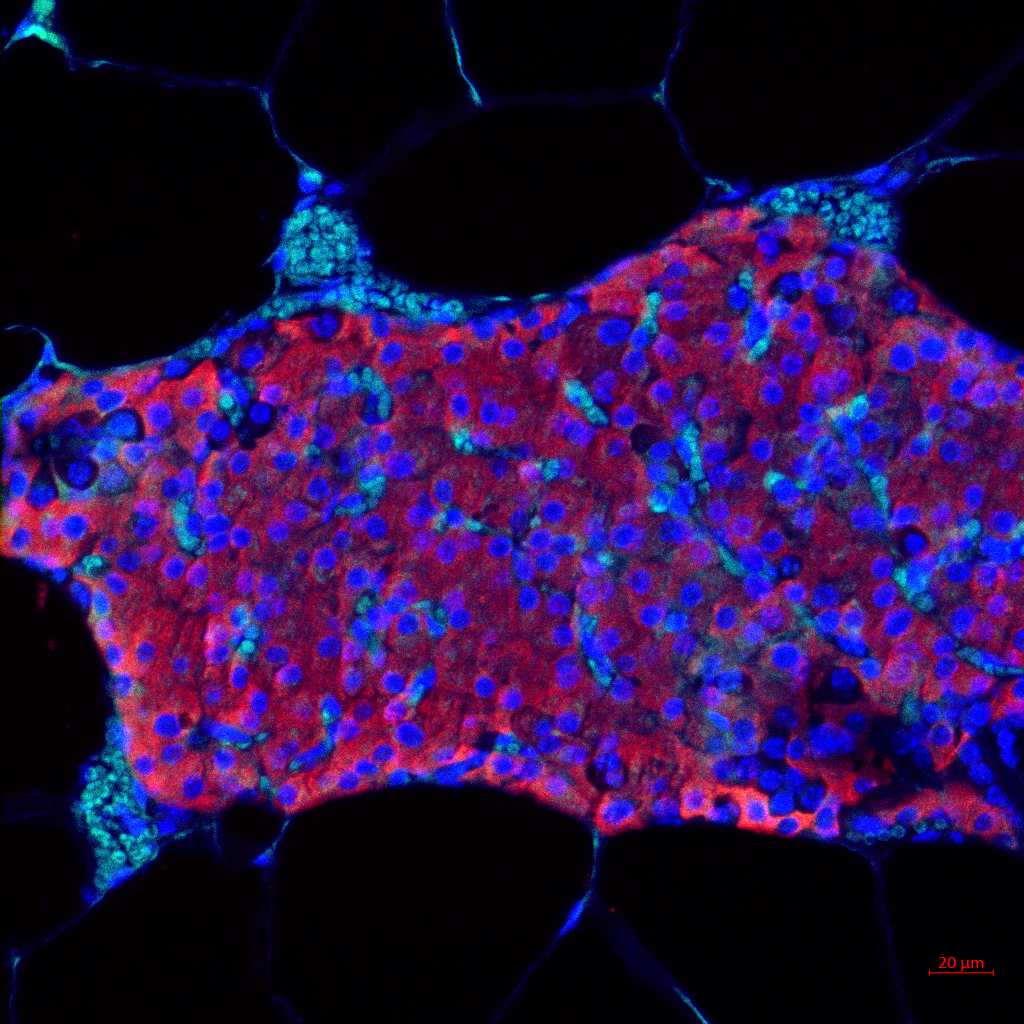
Microgel Immuno-acceptance Method Could Improve Pancreatic Islet Transplant Success
Researchers at the Georgia Institute of Technology and University of Missouri developed a new microgel drug delivery method that could extend the effectiveness of pancreatic islet transplantations — from several years to possibly the entire lifespan of a recipient.
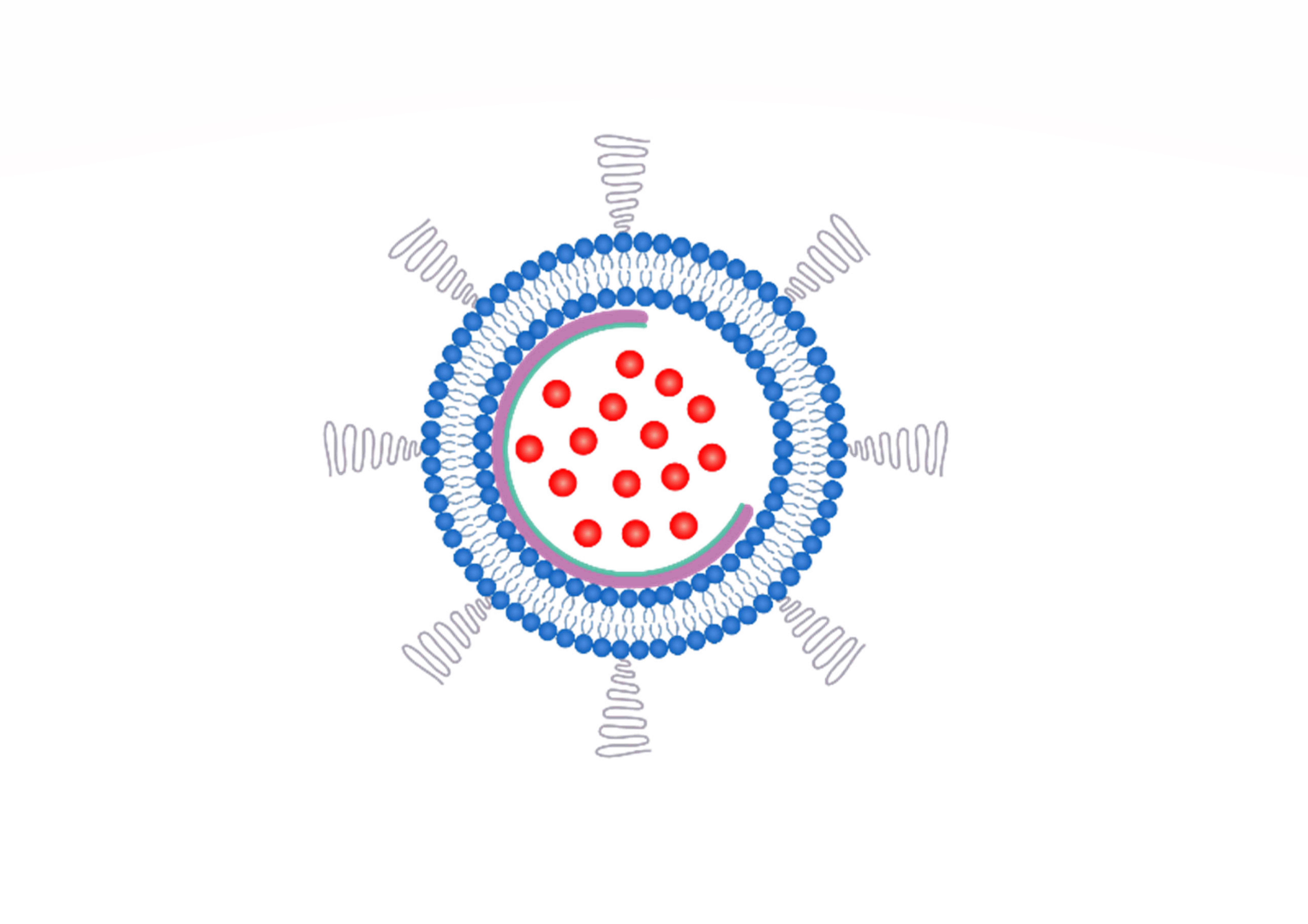
Nanobowls serve up chemotherapy drugs to cancer cells
For decades, scientists have explored the use of liposomes –– hollow spheres made of lipid bilayers –– to deliver chemotherapy drugs to tumor cells. Now, researchers report in ACS’ Nano Letters a way to stabilize liposomes by embedding a stiff nanobowl in their inner cavity.
Video — More Than Baby Debuts: Ultrasound Is Used To Deliver Drugs, Treat Tremors
Ultrasound is probably most associated with a parent’s first glimpse of a baby in the womb. However, a new video from the Acoustical Society of America showcases the technology’s abilities to do more than show images of our insides. This video is the second in a series celebrating the International Year of Sound.
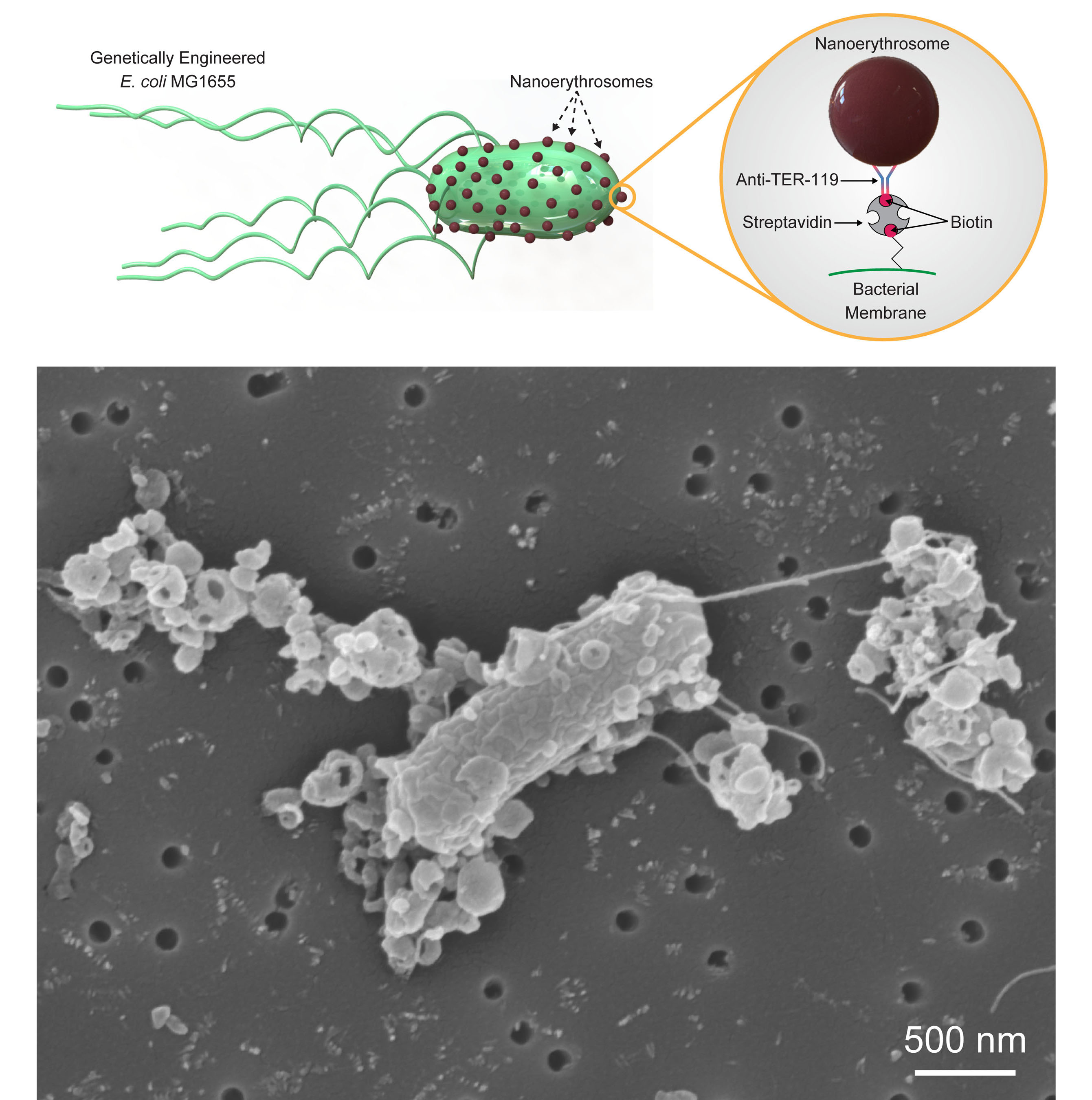
Personalized Microrobots Swim Through Biological Barriers, Deliver Drugs to Cells
Biohybrid robots on the micrometer scale can swim through the body and deliver drugs to tumors or provide other cargo-carrying functions. To be successful, they must consist of materials that can pass through the body’s immune response, swim quickly through viscous environments and penetrate tissue cells to deliver cargo. In this week’s APL Bioengineering, researchers fabricated biohybrid bacterial microswimmers by combining a genetically engineered E. coli MG1655 substrain and nanoerythrosomes, small structures made from red blood cells.
PECASE Honoree Elizabeth Nance Highlights the Importance of Collaboration in Nanotechnology
Nanoparticles have been used to treat disease for decades, but scientists are now learning more about how they move through human tissue. PECASE honoree and NIGMS grantee Elizabeth Nance is enlisting minds across different scientific fields to solve the challenge of using nanoparticles to target the right site within the body to increase the effectiveness of treatments for newborn brain injury.
Platelet Microparticles Give Antibody Drug ‘Piggyback Ride’ to Repair Damaged Heart
Platelet microparticles are an effective way to deliver therapeutic drugs directly to the heart following a heart attack.
Nanoparticle Drug Delivery Provides Pain Relief and More Effective Opioid Alternative in Animal Study
An international team of researchers has used nanoparticles to deliver a drug—one that previously failed in clinical trials for pain—into specific compartments of nerve cells, dramatically increasing its ability to treat pain in mice and rats. The findings are published Nov. 4 in Nature Nanotechnology.
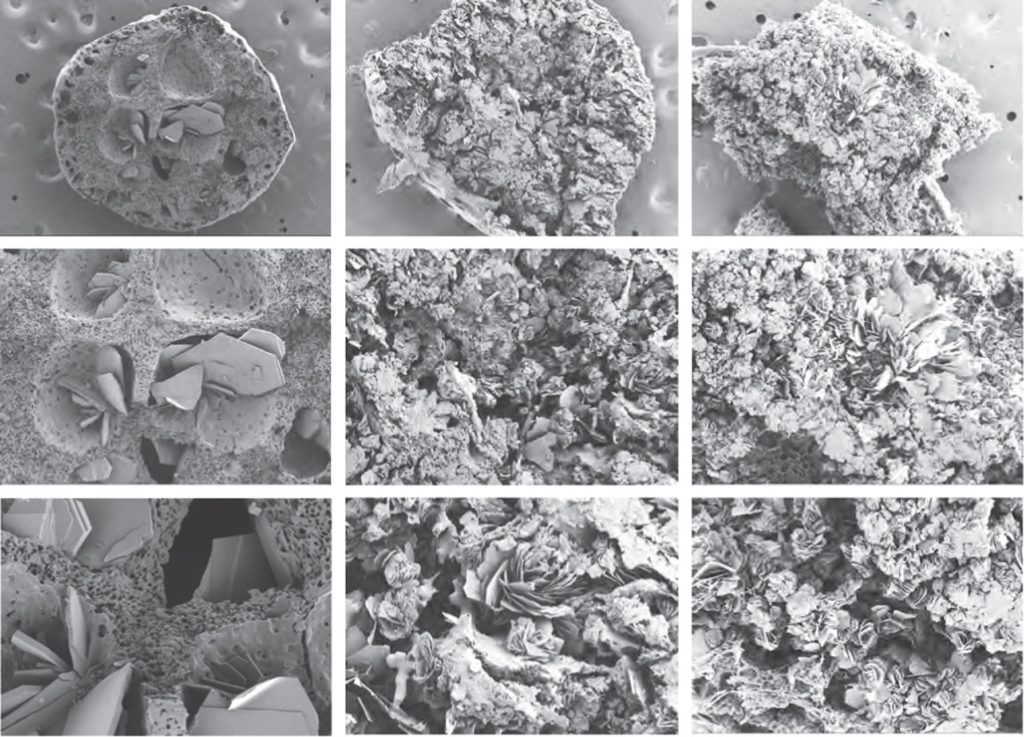
Long-Acting Injectable Multi-Drug Implant Shows Promise for HIV Prevention and Treatment
A new study published today in Nature Communications shows a promising alternative for those who have to take a daily pill regimen.